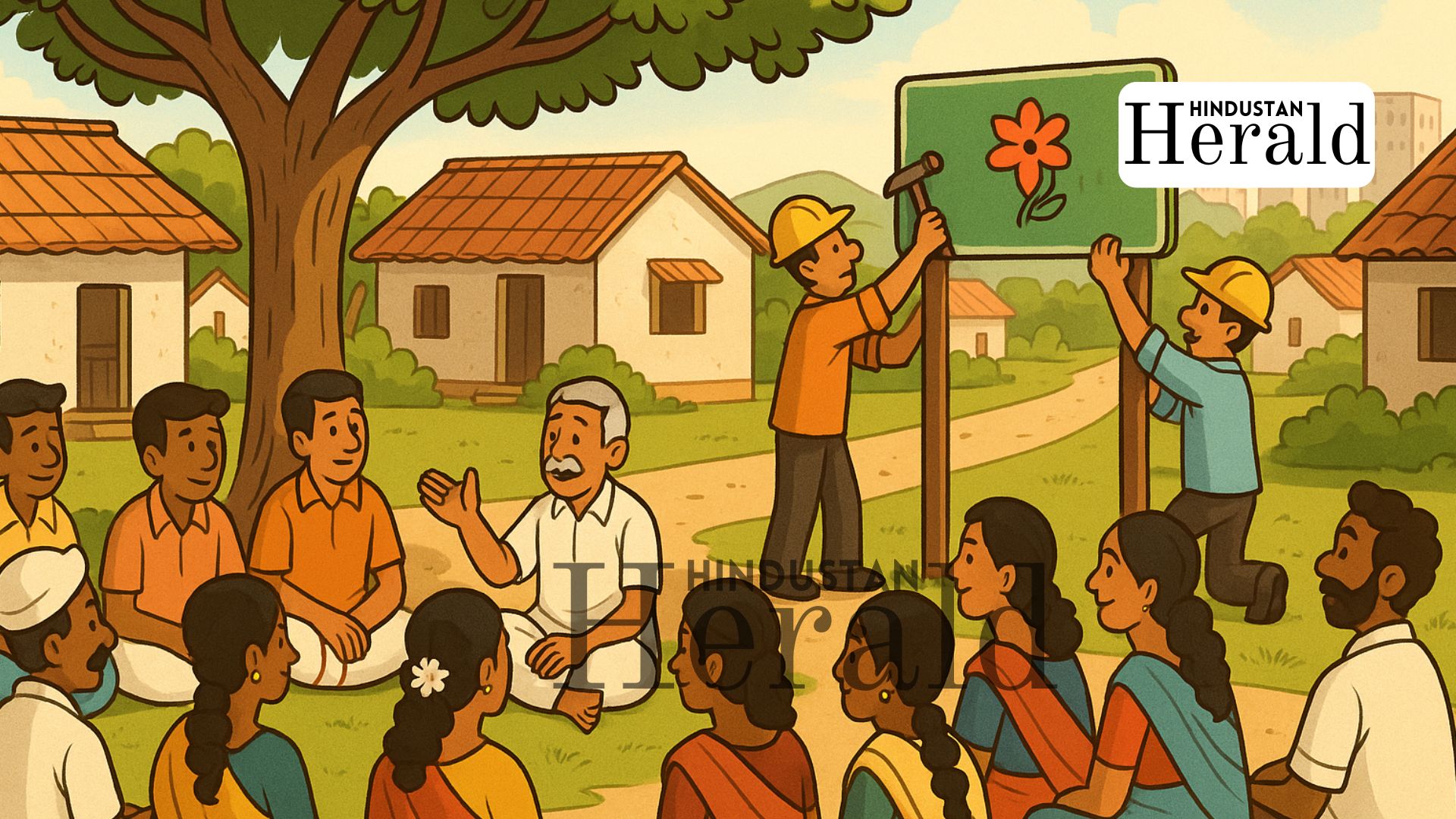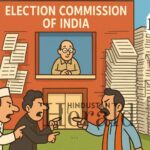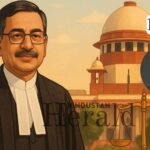Chennai, October 11: The morning began like most others in Tamil Nadu’s villages, the muezzin’s call, the temple bell, and the murmur of panchayat workers setting up wooden benches under tamarind trees. But this time, the gathering wasn’t about drainage or ration cards. It was about names.
Across 12,480 panchayats, villagers sat in circles to talk about the new order under the “நம்ம ஊர், நம்ம அரசு” (Namma Ooru, Namma Arasu) scheme. The question was simple but loaded: Should streets that carry caste names be changed?
When the Signboard Becomes a Symbol
The state’s directive, passed earlier this month, tells local bodies to remove caste-linked names, such as Reddy Street, Vanniyar Nagar, Harijan Colony, by November 19. District collectors have been instructed to consult with residents first, record their opinions, and then submit new suggestions, including flower names, reformers, poets, and anyone who represents unity rather than hierarchy.
At first glance, it looks bureaucratic, another file in another office. But at the Grama Sabhas today, it sounded different. A young man in Dharmapuri stood up and asked, “If I write ‘Paraiyar Street’ on an application, people still look at me differently. What’s wrong with changing it?”
An elderly man replied quietly, “That’s the name our fathers lived under. Erase it and you erase us.”
No argument was won. But something rare happened: people actually listened.
In Chennai, a Faster Push
While the debates played out in villages, Chennai city was already in implementation mode. The Greater Chennai Corporation has drawn up a list of around 3,400 streets with caste references. Work orders are ready; new reflective boards are on the way.
Officials say they’ll replace old names with references to Tamil flowers, social reformers, or freedom fighters. By November 19, the city hopes to complete the entire renaming drive.
Inside the GCC office, a junior officer shuffled a thick stack of papers. “Every street name goes into land records, Aadhaar, postal codes, everything,” he said. “It’s not just paint on a board. It’s rewriting addresses for millions.”
The Chief Minister Steps In
Chief Minister M.K. Stalin joined some of today’s Grama Sabha meetings via video call. His message was brief: Tamil Nadu should not carry the shadow of caste on its walls.
For the ruling DMK, this campaign fits neatly into its larger identity of social reform, self-respect, and equality. It’s the kind of initiative that connects the party’s old ideological roots with its modern governance narrative.
But predictably, the opposition has struck back.
AIADMK’s Edappadi K. Palaniswami called the move “political theatre.” He claimed that the government would replace caste names only to insert DMK-linked leader names in their place. “We will cancel this order the moment we return to power,” he said at a rally in Salem.
The BJP, too, accused the government of bias, asking why names like MGR and Jayalalithaa were being “deliberately excluded.”
The DMK’s response was curt: “Caste names divide. The rest is noise.”
The Mood on the Ground
In many districts, today’s meetings turned emotional. Some villages in Tiruvannamalai and Thanjavur saw unanimous votes to remove caste names. Others, like parts of Madurai and Virudhunagar, deferred the decision after heated exchanges.
A woman from Pudukottai told reporters, “My daughter’s school address has a caste word in it. Every form reminds her of it. That’s why I said yes.”
A farmer in Salem saw it differently: “They can change the name, but not how people think. Real equality doesn’t come from paint.”
It was that kind of day, half hope, half hesitation.
Legal Watchdogs Step In
The courts, too, have started weighing in. The Madurai Bench of the High Court this week stayed a proposed amendment allowing temple property names to be changed, warning that heritage should not be tampered with.
Earlier this year, the Madras High Court had ordered that educational institutions remove caste words from their titles within four weeks. That decision set the tone for what the state is now attempting on a much larger scale.
Legal experts say the process could run into procedural challenges if residents or religious bodies file petitions over historical naming rights.
Why It’s About More Than Signboards
To an outsider, this may sound like bureaucracy chasing symbolism. But in Tamil Nadu, names carry memory. They hold the story of who belonged where, who could live on one side of the village, and who couldn’t fetch water from a well.
That is why supporters say the change matters. Removing caste names, they argue, is not just about paint and metal; it’s about dignity.
Critics see another layer: cultural erasure. “Some of these names are 100 years old,” said a college lecturer in Erode. “You can’t rewrite social history with an official order.”
The truth, as always in Tamil politics, sits somewhere in the messy middle between reform and remembrance.
The Work Ahead
Behind the scenes, the logistics are enormous. Thousands of signboards must be redesigned, printed, and installed. Maps must be updated. Digital address databases will have to sync with postal and civic systems.
One municipal engineer in Cuddalore laughed when asked how it was going. “Half my work now is chasing addresses on Google Maps,” he said.
For now, the government insists the project will stay on schedule. By November 19, all local bodies must submit reports confirming name changes, along with evidence of public consultation.
The Bigger Picture
Tamil Nadu has long seen itself as the birthplace of the social justice movement from Periyar’s Self-Respect Movement to Ambedkarite activism and later Dravidian politics. The current initiative draws directly from that legacy.
But it’s also happening in a new India, where identity politics has become sharper, and symbols carry more weight than ever.
By sunset today, some villages had voted, some had argued, and some had simply walked away undecided. But everywhere, people were thinking maybe for the first time about what a street name really says about them.
It may take months to replace every board and update every address. But the conversation, at least, has already changed.
Stay ahead with Hindustan Herald — bringing you trusted news, sharp analysis, and stories that matter across Politics, Business, Technology, Sports, Entertainment, Lifestyle, and more.
Connect with us on Facebook, Instagram, X (Twitter), LinkedIn, YouTube, and join our Telegram community @hindustanherald for real-time updates.
Covers Indian politics, governance, and policy developments with over a decade of experience in political reporting.






